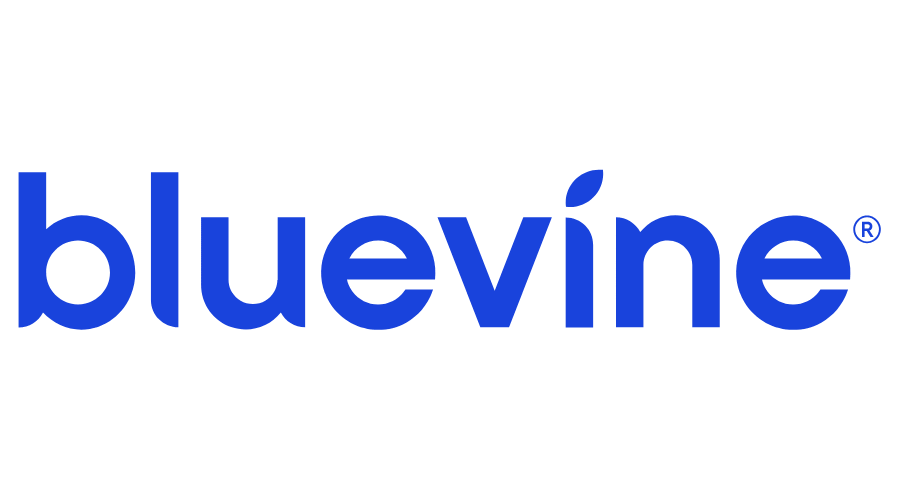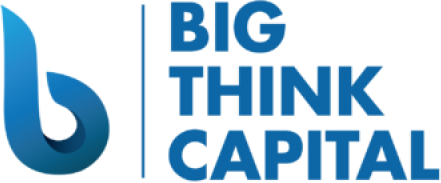If you’re in dropshipping or thinking about starting in 2025, you’ve probably heard the updates: tariffs are back, and this time, they’re hitting harder than ever.
Everyone’s asking the same thing: Is dropshipping finally dead?
Not exactly. But it’s changed fast. In this blog, I’ll break down what the new tariffs mean, how they impact your dropshipping margins, and what you should do right now to stay profitable.
What Are the New Tariffs?
As of 2025, the U.S. government has increased tariffs on a range of Chinese imports, with some categories seeing duties as high as 145%, up from the previously announced 125%.
Even more impactful? The de minimis exemption, which allowed packages under $800 to enter the U.S. duty-free, has now been eliminated for Chinese goods. This means nearly all Chinese-sourced products, no matter how low-cost are now subject to import duties. For most dropshippers relying on low-ticket, high-volume items from China, this changes everything.
What This Means for Dropshipping
If your store is built around cheap products from China, slow shipping, and minimal margins, you will feel the squeeze.
Here’s what just happened:
- Your product costs went up, even on $2 or $5 items
- Your shipping times are still slow unless you pay more
- Your profit margin is shrinking or has gone completely
If you don’t pivot, you’ll either start losing money or fall behind competitors who have already adapted.
What You Can Do Now
Dropshipping isn’t dead, but lazy dropshipping is. Here’s how to pivot and keep winning in 2025.
1. Switch to U.S. Suppliers and Warehouses
Sourcing locally solves the tariff problem and improves delivery speed. Platforms like Zendrop, Spocket, and USA Dropshippers offer U.S.-based inventory with 2–5 day shipping.
Yes, product costs may be slightly higher, but customers will pay more for faster, reliable shipping and real branding.
2. Sell Print-on-Demand or Digital Products
Print-on-demand platforms like Printify and Gelato let you sell t-shirts, mugs, and posters without any inventory or tariff issues. You only pay when someone buys. Sell digital products like templates, courses, or toolkits. No shipping. No customs. No extra cost per sale.
This lets you keep 80 % + profit margins while avoiding all import-related headaches.
3. Focus on One Product, One Offer, One Brand
Dropshipping random products from TikTok is dead. What works now is a branded one-product store or a tight niche with a clear identity.
You don’t need 50 products. You need one winning product, great creatives, and a strong offer.
Build around:
- Problem-solving products
- Repeat-use items
- Categories not hit hard by new tariffs (beauty, wellness, digital accessories)
4. Build a Better Offer, Not Just a Better Ad
Rising costs mean your offer needs to do the heavy lifting. Don’t just copy product pages. Build value.
A strong offer includes:
- A clear bonus (bundle, freebie, upsell)
- Fast or guaranteed shipping
- Real customer reviews
- Transparent pricing with urgency
This is what turns a $10 cost product into a $40+ sale, even with tariffs in place.
5. Use Smart Funding to Stay Cash Flow Positive
Margins are tighter, so many founders are using funding tools to cover inventory, ad spending, or private labeling.
Trusted options include:
- Bluevine – Business lines of credit for daily expenses
Key FeaturesHigh-Yield Business Checking: Earn 1.5% APY on balances up to $250,000 with the Standard plan when meeting monthly activity requirements. Upgrade to Plus or Premier plans to earn up to 3.7% APY on balances up to $3 million, without activity requirements.
Fee-Free Banking: No monthly fees, overdraft fees, or minimum balance requirements. Enjoy unlimited transactions and free standard ACH transfers. Digital Tools for Business Management: Access features like mobile check deposit, bill pay, sub-accounts for budgeting, and integration with accounting software like QuickBooks and Xero.
Why We Recommend ItBluevine offers an online banking solution tailored for small businesses. Its combination of high-interest earnings, minimal fees, and digital tools makes it an attractive option for entrepreneurs seeking efficient financial management.
Pros & Cons- Competitive interest rates on checking balances
- No monthly or overdraft fees
- User-friendly online and mobile banking platforms
- No physical branch locations for in-person banking needs
- Customer support is not available on weekends
- Revenued – Revenue-based funding for fast growth
Key FeaturesBusiness card with no credit check, based on revenue instead
Flexible spending power that grows with your business
Cashback rewards on every purchaseWhy We Recommend ItThe Revenued Business Card is ideal for small businesses that need flexible funding but don’t qualify for traditional credit. It’s based on your revenue, not your credit score, making it easier to get approved and grow.
Pros & Cons- No credit check required
- Cashback on all purchases
- Fast approval and access to funds
- Only available to businesses with consistent revenue
- Daily repayment model may not suit everyone
- Fora Financial – Small business capital for ecommerce
Key FeaturesFast business funding with flexible repayment options
No strict credit score requirements
Loans and cash advances up to $1.5 millionWhy We Recommend ItFora Financial helps small businesses get quick funding without the hassle of traditional banks. It’s a great option for businesses that need fast cash to grow, cover expenses, or manage cash flow
Pros & Cons- Quick approval and funding process
- No collateral required
- Flexible repayment terms
- Higher interest rates than traditional loans
- Not ideal for startups with no revenue history
- Big Think Capital – Startup-friendly loans with flexible terms
Key FeaturesProvides fast business financing options
Offers flexible repayment terms
Specializes in working capital loans for small businessesWhy We Recommend It- Helps small businesses access quick funding with minimal paperwork
- Offers flexibility in repayment, making it easier to manage cash flow
- Specializes in providing capital for businesses looking to expand or cover expenses.
Pros & Cons- Quick and easy application process
- Flexible loan terms tailored to business needs
- Provides funding for a variety of business purposes
- Interest rates may be higher compared to traditional loans
- Limited availability in certain regions
Used correctly, this gives you the runway to scale without going broke.
Is Dropshipping Still Worth It?
Yes, but only if you adapt.
The “$3 product, $30 price” model from 2018 doesn’t work anymore. Tariffs, shipping times, and buyer expectations have all changed.
In 2025, winning stores will:
- Source smarter, not cheaper
- Brand is better than its competition
- Offer faster delivery or more value
- Focus on long-term retention, not just short-term clicks
If you play the long game, you can still build a 6–or 7-figure store. But it starts with shifting how you think about sourcing and strategy.
Final Thoughts
Trump’s new tariffs are a wake-up call. The old version of dropshipping is fading. But what replaces it is leaner, smarter, and more brand-focused. Use this moment to pivot: update your sourcing, rethink your offer, and rebuild around long-term value, not short-term hacks. Dropshipping isn’t dead. It’s evolving. If you want to grow in 2025, you need to evolve with it.





